Pierre-Auguste Renoir
1841-1919 | French
Madame Paul Valéry
Signed And Dated “Renoir 04” (Lower Left)
Oil On Canvas
On November 27Th, 1904, Pierre-Auguste Renoir Wrote To Young Jeanne Valéry: “Would You Care To Come [To My Studio] Starting Tuesday Morning, If There’S Not Too Much Fog?” A Gentle Request From One Of The Best-Loved Impressionists Of All Time, Renoir’S Calling Upon Jeanne That Late November Day Would Yield This Remarkable Composition Of His Adopted Daughter.
This Portrait Captures The Visage Of Jeanne Valéry, Née Gobillard, The Wife Of French Poet, Essayist And Philosopher, Paul Valéry. An Orphan At The Tender Age Of 16, Jeanne Was The Niece Of Famed Impressionist Berthe Morisot. The Artist Took Jeanne And Her Sister Paule Into Her Family When Their Mother Died, But Morisot’S Sudden Death In 1895 Left The Young Girls Without A Guardian Once More. Renoir, Who Had Been An Extremely Close Friend Of Morisot, Became The Guardian Of Morisot’S Daughter Julie And The Gobillard Girls, Inviting The Three To Join His Family. Julie, Jeanne, And Paule Became Very Attached To Each Other And To Renoir, Who Often Entertained Them With Art Lessons. In 1900, Jeanne Married Valéry In A Double Ceremony With Julie And Ernst Rouart, The Son Of Renoir’S Good Friend And Fellow Artist, Henri Rouart. This Portrait Was The First Documented Portrait Renoir Completed Of Jeanne, Making It Quite An Exceptional Composition.
Pierre-Auguste Renoir Was Born In Limoges, France And Began His Career As An Apprentice To A Painter Of Porcelain Wares. He Then Moved To Paris At The Age Of 21, Enrolling At The Prestigious École Des Beaux Arts. It Was Here, While Studying Under Charles Gleyre, That Renoir Met Claude Monet And Several Other Classmates Who Would Later Become The Celebrated French Impressionists.
Working Closely With Monet, Renoir Began Experimenting With The Portrayal Of Light And Its Effect On His Canvases. The Youngest Member Of The Impressionist Movement, An Astute Renoir Embraced Working En Plein Air, Or Out In The Open, Recognizing How A Subject Constantly Changed Through The Dynamism Of Light. Capturing A Particular Moment In Time, Or An “Impression,” Rather Than A Subjective Scene, Was Central To The Group’S Philosophy Which Became The Most Important Artistic Phenomenon Of The 19Th Century. Relying Heavily Upon Composition, Lines And Descriptive Details, Renoir Distinguished Himself Among His Contemporaries. His Intuitive Use Of Color And Expansive Brushstroke, Along With An Acute Attention To His Subject, Has Placed Him Among The Finest Painters In History.
Madame Paul Valéry Is Accompanied By Its Certificate Of Authenticity By The Wildenstein Institute, Dated February 27, 2006, And The Painting Will Be Included In Their Forthcoming Catalogue Raisonné On Renoir.
Painted 1904
Canvas: 21 1/2” High X 18” Wide
Frame: 29 5/8” High X 26 1/4” Wide X 2 3/4″ Deep
Provenance:
Gift From The Artist To The Sitter In 1904
Valéry Family, Paris, Until 1966
Private Collection, Detroit, Michigan
Sale, London, Christie’S, 28 November 1995, Lot 00008
Private Collection, New York
M.S. Rau, New Orleans
Private Collection, Winter Park, Florida
M.S. Rau, New Orleans
Exhibitions:
Les Expositions De Beaux-Arts De “La Gazette Des Beaux-Arts,” Paris, No. 18
Galerie Durand-Ruel, Renoir Intime, Paris, January 2 – February 8, 1969, No. 44
Literature:
J. Baudot, Renoir: Ses Amis, Ses Modeles, 1949, P. 83-82
B. Erlich White, Renoir: His Life, Art And Letters, 1984, P. 226, 228
Sale!
Fine Art M.S. Rau | Madame Paul Valery By Pierre-Auguste Renoir
$98.00

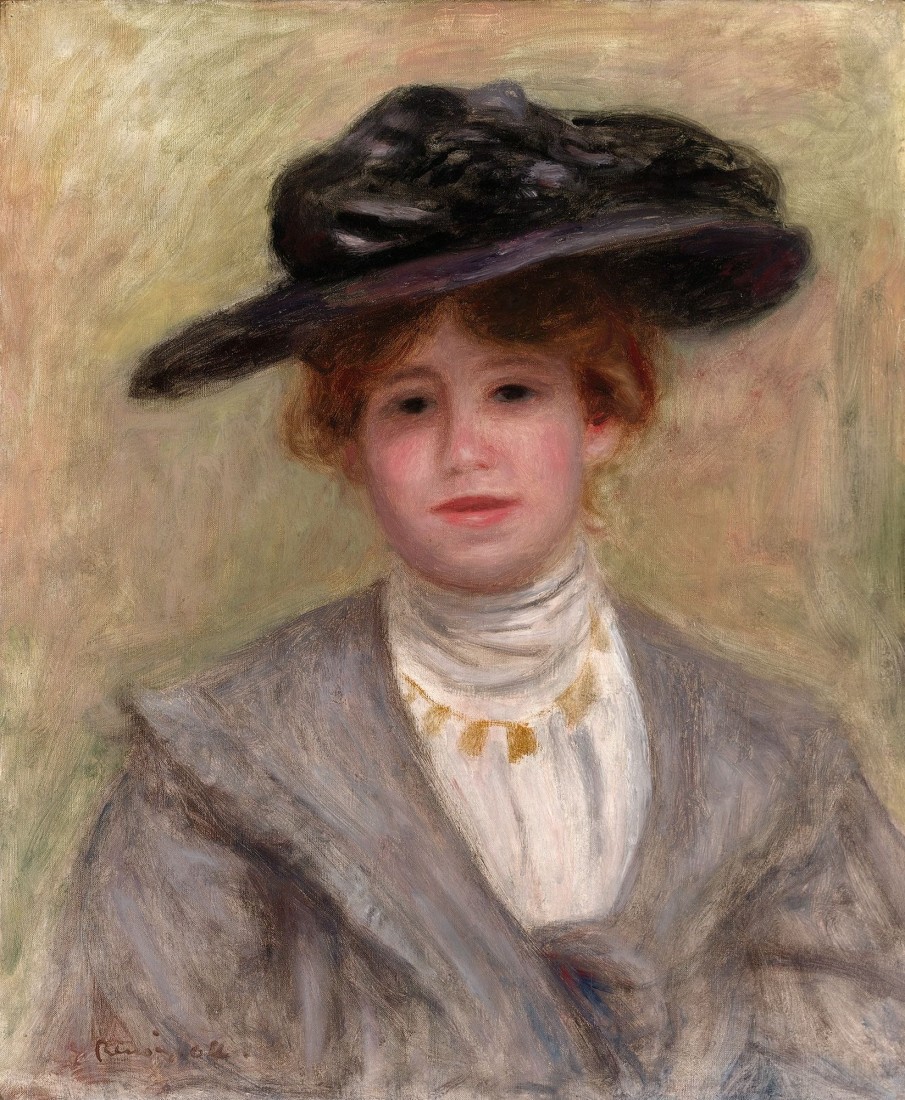
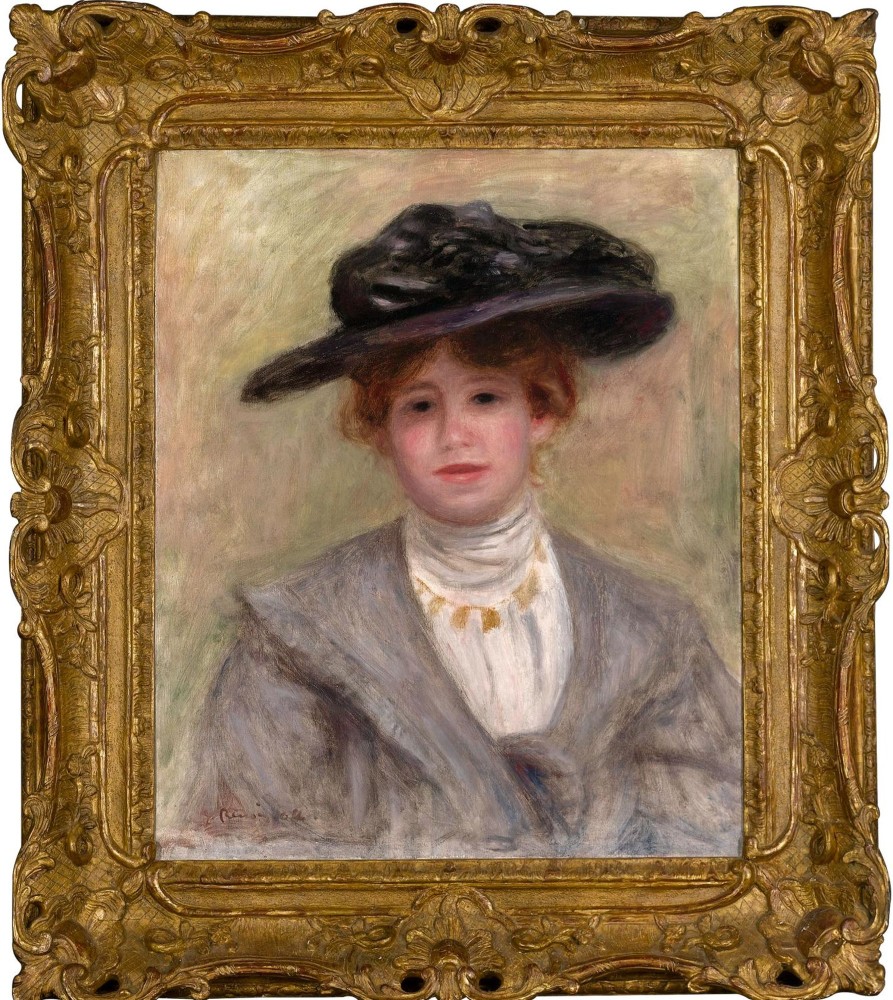
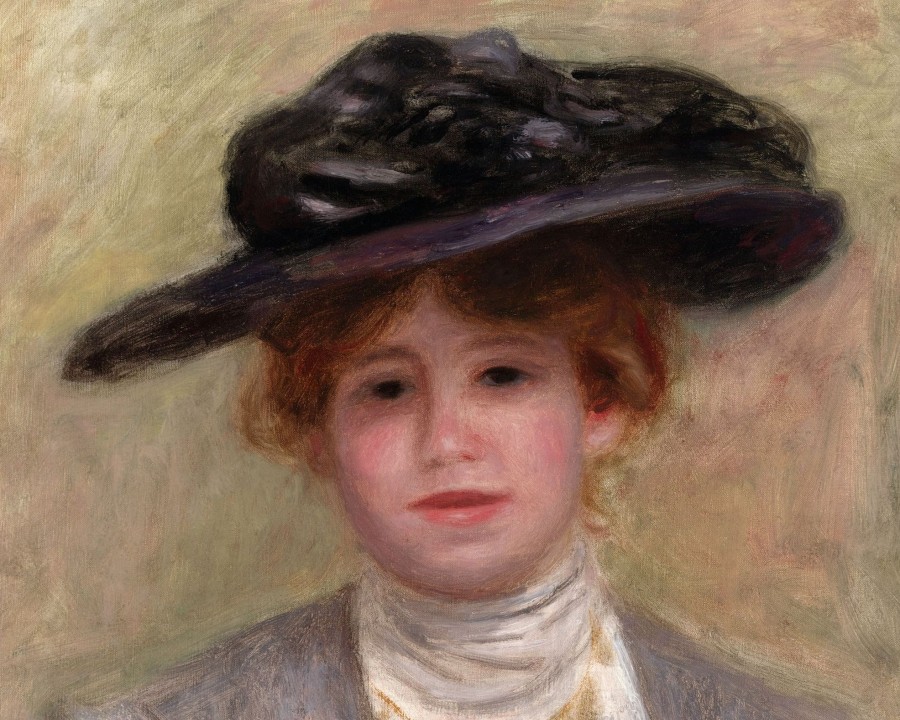
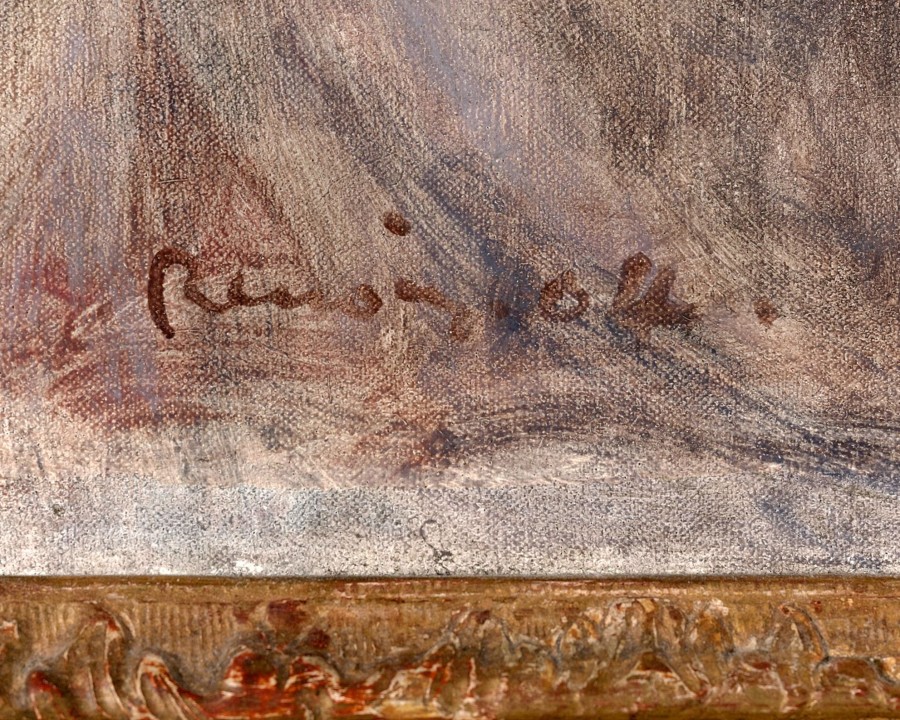
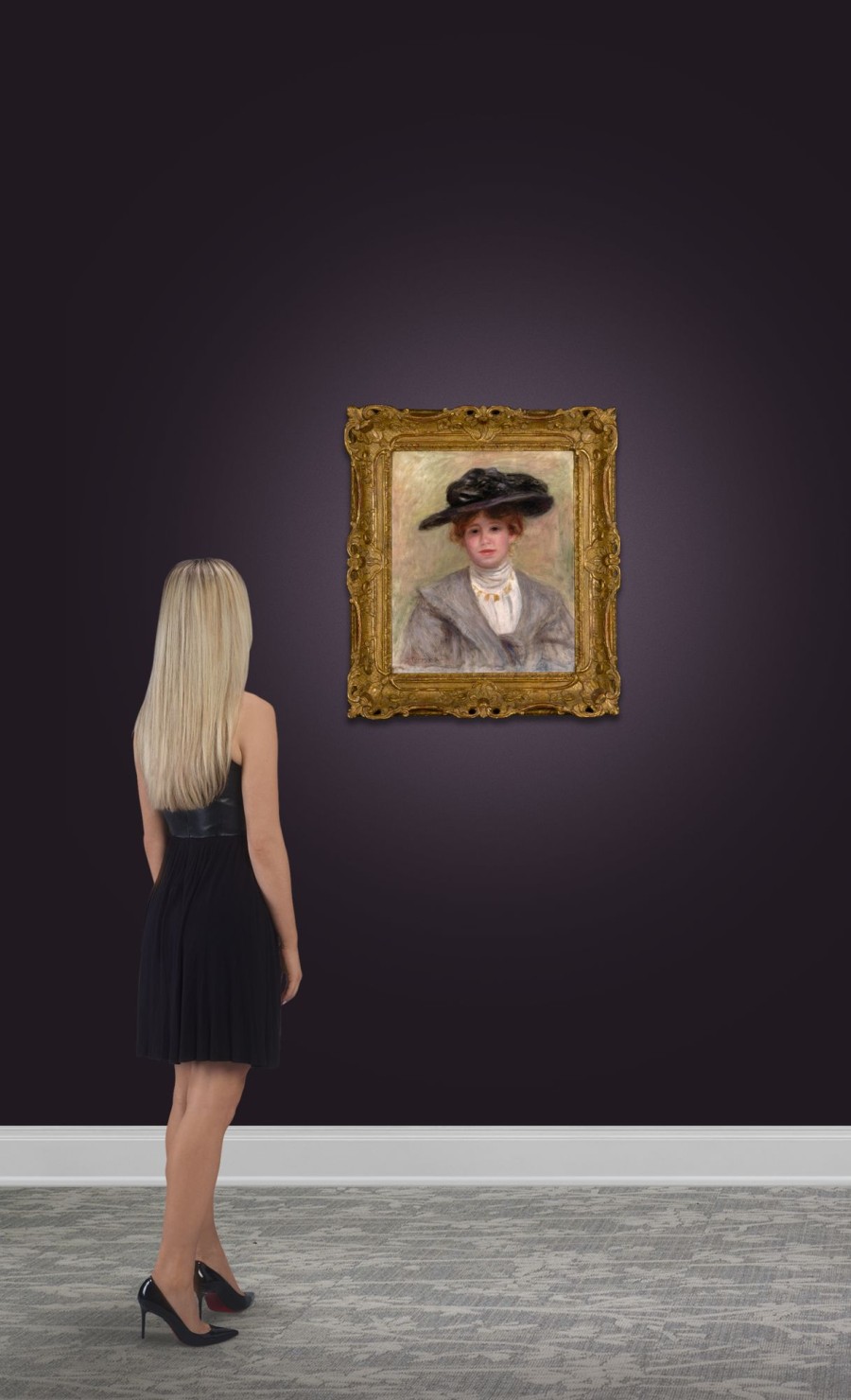
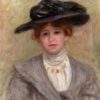

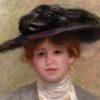
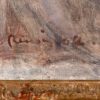
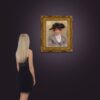
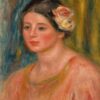
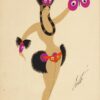
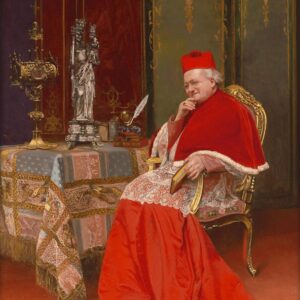
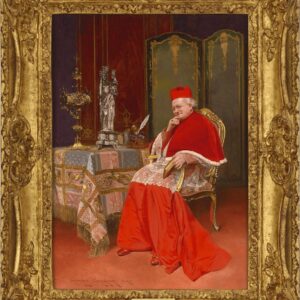

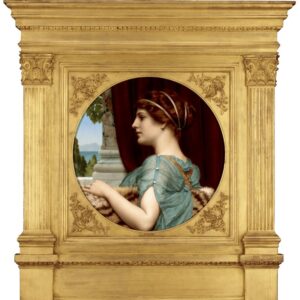

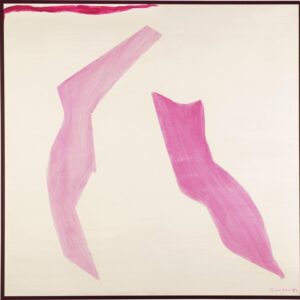
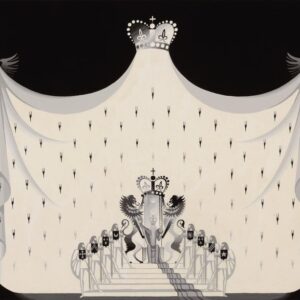

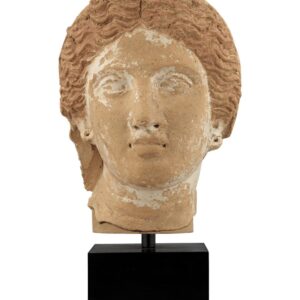

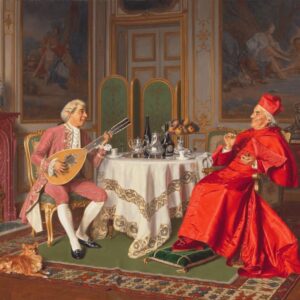





Reviews
There are no reviews yet.